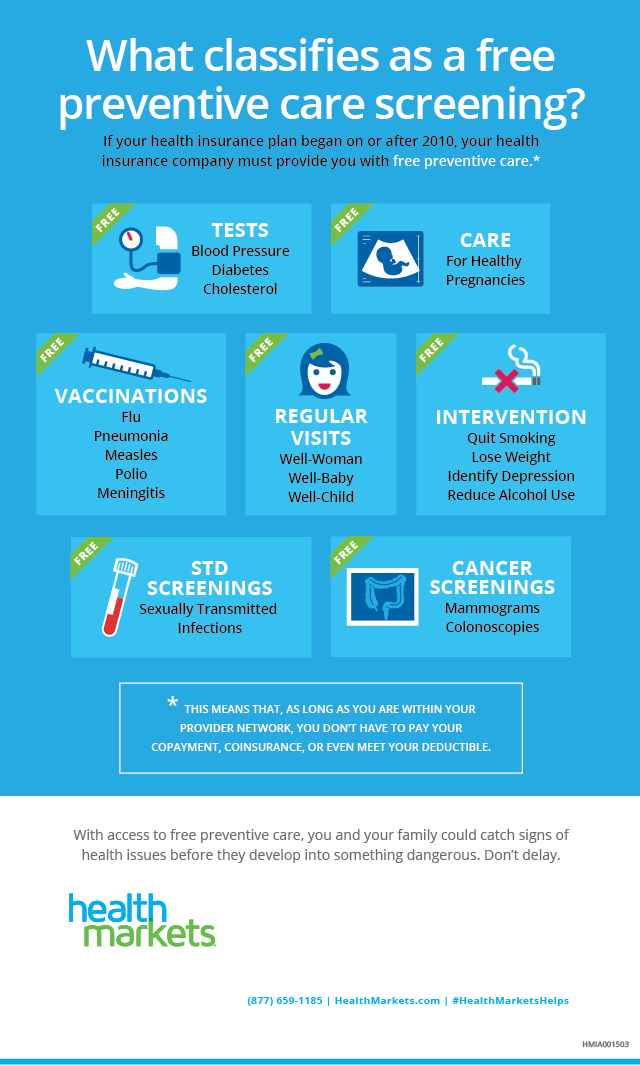What You Need To Understand About The Influence Of Telehealth On Primary Care Services

Material Writer-Jernigan Regan
In today's quickly advancing health care landscape, telehealth has become a game-changer in the world of health care services. Envision a scenario where typical healthcare limits are gone beyond, and clinical appointments are just a click away. However what does this mean for the future of healthcare shipment, and how will it influence your interactions with healthcare providers? Keep tuned to uncover the crucial understandings right into just how telehealth is reshaping medical care services and what it indicates for you as an individual navigating this new age of medical care.
The Rise of Telehealth in Primary Care
With the improvement of technology, telehealth has considerably climbed in importance within medical care solutions. You might have already seen how simple it's to set up a digital appointment with your physician or specialist. Telehealth permits you to obtain medical advice and treatment from the comfort of your own home, conserving you time and minimizing the requirement for in-person sees.
Numerous medical care providers currently offer telehealth solutions as part of their regular method, providing you much more alternatives for accessing health care. By using https://anotepad.com/notes/yd7dcei4 calls, phone examinations, and safe messaging, telehealth allows you to connect with health care experts successfully. This change in the direction of telehealth has actually been sped up by the COVID-19 pandemic, highlighting the relevance of remote medical care solutions.
As even more people experience the convenience and effectiveness of telehealth, it's expected to become a permanent fixture in health care solutions.
Perks of Telehealth Providers
Telehealth services use patients a practical and effective way to access healthcare from another location. One of the vital benefits is increased availability to physician, specifically for people residing in rural or underserved locations. With telehealth, you can connect with medical professionals and experts without the need to travel long distances, conserving you time and money.
Another benefit is the adaptability it gives in scheduling consultations. You can reserve virtual examinations each time that suits you, getting rid of the demand to take time off work or rearrange your day-to-day regimen. This flexibility likewise includes follow-up consultations and tracking of chronic conditions, making medical care extra convenient and much less turbulent to your life.
Furthermore, telehealth solutions can improve connection of care by allowing seamless communication between various healthcare providers associated with your therapy. This improved coordination can bring about far better health and wellness end results and a more all natural method to your well-being.
In addition, telehealth can reduce the threat of exposure to contagious health problems, making it a secure choice during disease break outs like the current COVID-19 pandemic.
Difficulties and Future Expectation
Browsing governing obstacles remains a substantial difficulty for the extensive adoption of telehealth solutions in medical care. Doctor must comply with numerous state and federal regulations that can differ considerably, developing complexities for smooth telehealth delivery.
Repayment policies also pose an obstacle, as not all insurance plans fully cover telehealth solutions, limiting patient gain access to and service provider determination to supply these solutions.
Additionally, technological barriers such as irregular net connection in rural areas can hinder the performance of telehealth check outs. Making Integrative Healthcare and data protection in digital appointments is an additional pressing concern that calls for durable services to preserve discretion and count on.
Looking in advance, the future of telehealth in health care shows up encouraging with advancements in innovation and progressing medical care plans. https://www.oecd.org/coronavirus/policy-responses/strengthening-the-frontline-how-primary-health-care-helps-health-systems-adapt-during-the-covid-19-pandemic-9a5ae6da/ in between policymakers, health care organizations, and innovation companies are vital to address these obstacles.
Conclusion
In conclusion, telehealth is changing health care by offering hassle-free and efficient remote health care services.
With the increase of virtual appointments, clients can quickly access medical recommendations and therapy from the convenience of their homes.
In spite of some obstacles, the future of telehealth in primary care looks guaranteeing with boosted connection of treatment and boosted individual end results.
Embrace the convenience and benefits of telehealth for an extra easily accessible and reliable medical care experience.

